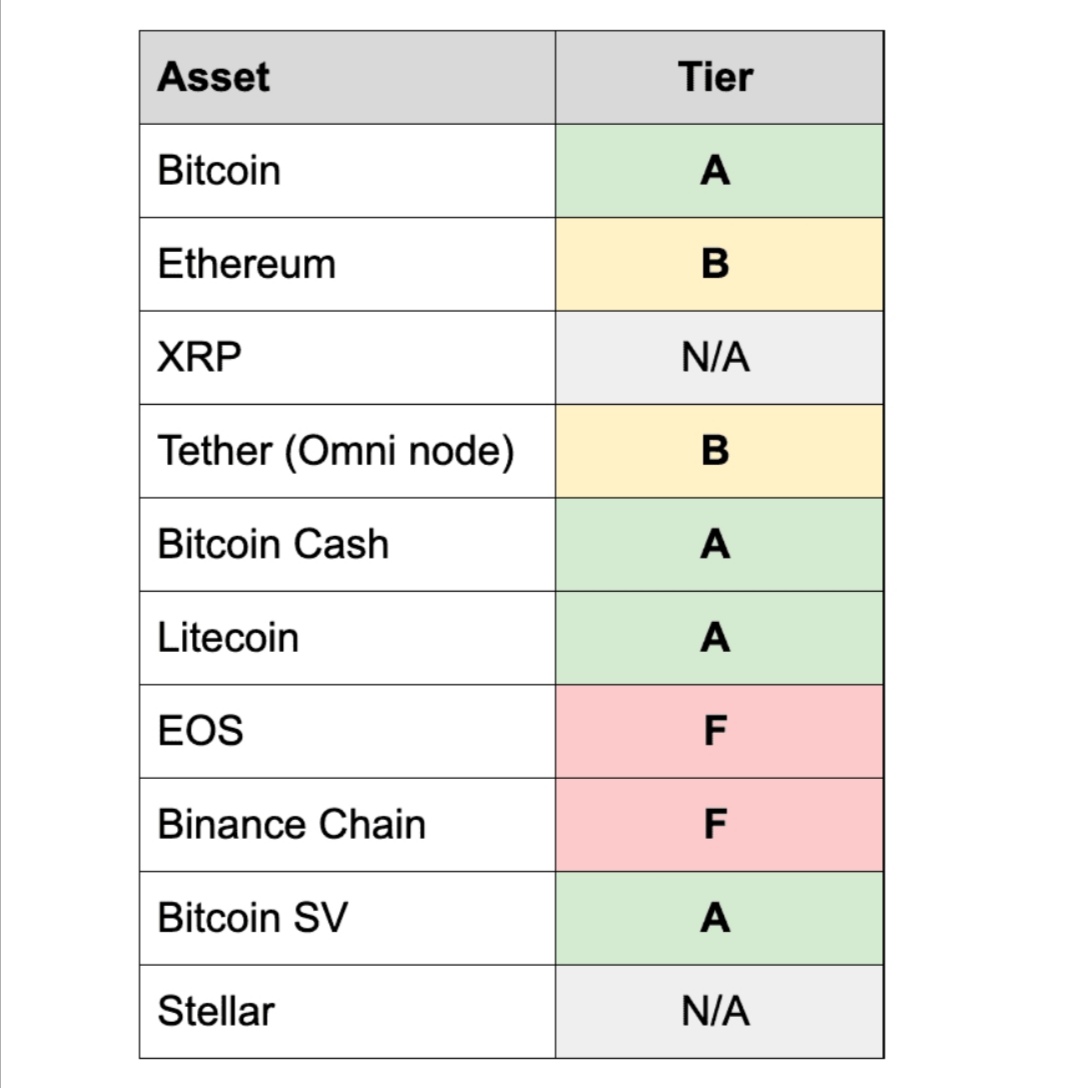According to a new study, launching a full node of XRP, EOS, and Binance Chain networks requires too much time and computing power and is not profitable enough for the node operator.
The analytical firm CoinMetrics analyzed various blockchains in order to find out whether it is easy to launch a full node from scratch. According to the data obtained, even the launch of a regular, not full, node takes a considerable amount of time for synchronization and requires large disk space. Based on the test results, CoinMetrics rated blockchains based on the difficulty of launching a full node.
Thus, the synchronization of the entire transaction archive to launch a full node of the EOS network took more than one month and required the availability of a high-speed SSD-drive with a terabyte of free space with an NVMe interface. And the Ripple network does require dozens of free terabytes, thus making the idea of launching a full node “impractical”, CoinMetrics reports.
The simplest and most profitable for launching a full node turned out to be the blockchains of bitcoin, Bitcoin Cash, Litecoin, Bitcoin SV, with Ethereum and Tether (Omni mode) granted the second place.
In addition, analysts note the high technical difficulty of extracting and storing node information in the networks such as EOS and Binance Chain.
“Despite having a very clean accounting model for an asset of its complexity, EOS gets an F due to the complexity of extracting all the necessary data to run a complete audit. An archive node running with an extra plugin is required, documentation for which is scarce."
CoinMetrics experts found out that additional structures, such as DEX, further complicate the storage of a distributed ledger. The easiest to synchronize, despite its size, turned out to be the bitcoin blockchain.












